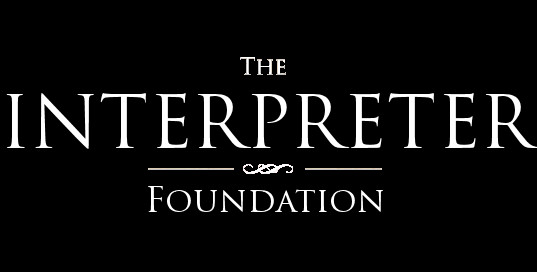This post is a summary of the article “The Teachings of Silvanus: A Little-Known Gem from Nag Hammadi” by Dennis Newton in Volume 56 of Interpreter: A Journal of Latter-day Saint Faith and Scholarship. An introduction to the Interpreting Interpreter series is available at https://dev.interpreterfoundation.org/interpreting-interpreter-on-abstracting-thought/.
The Takeaway
Newton argues that The Teachings of Silvanus may represent a “microcosm” showing changes in early Christian thought in the centuries after Christ, with portions authored earlier aligning more closely with restored Latter-day Saint doctrine.
The Summary
In this article, Dennis Newton uses The Teachings of Silvanus, an early Christian text from the Nag Hammadi Codex, as an example of how early Christian doctrine differed over time, contrasting the early-authored (first or second century) vs. late-authored (third or fourth century) portions of that text and relating them respectively to Latter-day Saint and Calvinist thought. After reviewing and providing textual examples in a number of doctrinal areas, Newton concludes that Latter-day Saints would generally be more comfortable with theology described in the early parts of Silvanus, and Calvinists more comfortable with the latter part, aligning with the view that Joseph Smith restored a number of authentic, mainstream doctrines from pre-creedal Christianity that had been lost or deemphasized over time.
For Newton, Silvanus is important because of its uniqueness: a non-Gnostic text, reflecting Jewish wisdom traditions (e.g., Psalms, Proverbs), which appears to be the product of at least two authors separated by at least a century—authors whose views are distinct in interesting ways. After briefly detailing the history of the text, Newton reviews the basis for the conclusion of multiple authorship, with scholars separating the work into an “ethical” portion, which echoes earlier authors (e.g., Philo), and a later “theological” portion, which shows dependence on later Christian authors (e.g., Athanasius) as well as a canonized New Testament. In addition to each addressing unique subjects of potential interest to Latter-day Saints, and substantial agreement and overlap between the two parts of the book, these two portions show distinct, if sometimes subtle, contrasts in theological emphasis, including on the topics of:
- The Nature of God. The early portion emphasizes the preeminence of the Father in the Godhead, and describes God in more intimate, personal, and embodied terms, where, for the later portion, God is disembodied and impossible to comprehend.
- Christology. The first author emphasizes distinctions between Christ and the Father and provides the former with distinct roles, while the second author blurs those distinctions and emphasizes the centrality of Christ within the Godhead.
- Wisdom and the Divine Feminine. The early portion of Silvanus makes use of feminine Wisdom archetypes and references to a divine goddess “Mother”, whereas the later portion treats Wisdom as male and associated with Christ.
- The Godhead. References to a distinct, triune godhead appears frequently in the early text relative to the later text.
- Creation. The early portion implies creation from pre-existing material, and that the soul was created in God’s image, while that later portion appears to assume creation ex-nihilo.
- Soteriology. Though most salvation-related statements in both parts are consistent with what we learn from the New Testament, with a theme of overcoming our inherent carnal nature, the early author emphasizes free will in a way that the later author does not.
Newton closes with a few words of caution, reminding us that apparent doctrinal inconsistencies are rarely fatal to a particular faith, and that apocryphal writings often include positions that contradict Latter-day Saint doctrine. Despite this, he suggests that it should be possible for Latter-day Saints to employ a “warts and all” treatment of Silvanus that would be informative for Latter-day Saints and their connection to early Christianity. He provides a particularly compelling quote from Roman Catholic scholar Stephen H. Webb to help demonstrate this point, reproduced here in truncated form:
“Mormonism…goes deeper in trying to restore neglected practices and overlooked beliefs from ancient Christianity… [its] branch looks to me like it begins closer to the center of the tree and that it is reaching father toward the light…No other branch of the Christian tree is so entangled in complex and fascinating ways with the earliest and most neglected doctrines of the church…If I had to choose between Smith and Calvin, I would unhesitatingly choose Smith.”
The Reflection
It’s always gratifying to see further evidence of alignment between the restored gospel and the gospel of old. I’m personally not too bothered by the doctrinal challenges presented by the apocrypha, given that the differences between the modern and early church aren’t unexpected but the similarities certainly are. I was also very intrigued by one of the quotes presented by Newton, which hints at the identity of Heavenly Mother. It’s a possibility that I’m surprised doesn’t get brought up more often, since viewing the godhead as a family unit would align pretty well with various other aspects of the restoration. Regardless, we can take this article as a bit of an exercise in reverse presentism—just because ideas are newer doesn’t make them better than the ideas they replaced. Sometimes the ancients, with the help of revelation, knew what they were talking about.


